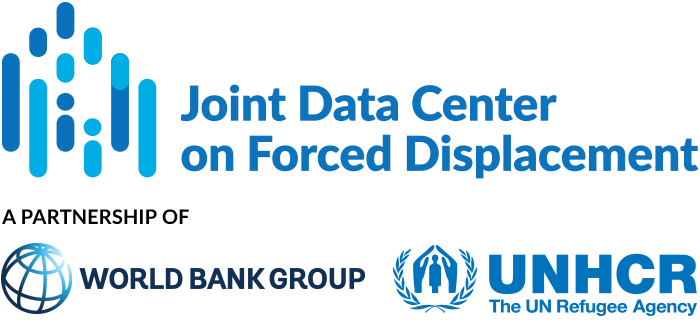This paper examines the long-run urbanizing effect of refugee camps in Tanzania. Between October 1993 and April 1994, Tanzania experienced a mass influx of more than 800,000 refugees from Burundi and Rwanda, who were settled in camps located in the remote regions of Kagera and Kigoma. The population of these regions increased by more than a third and this was followed by a proliferation of humanitarian aid agencies and expatriate workers.
JDC Literature Review
The persistent urbanizing effect of refugee camps: Evidence from Tanzania 1985-2015
This paper examines the long-run urbanizing effect of refugee camps in Tanzania. Between October 1993 and April 1994, Tanzania experienced a mass influx of more than 800,000 refugees from Burundi and Rwanda, who were settled in camps located in the remote regions of Kagera and Kigoma. The population of these regions increased by more than a third and this was followed by a proliferation of humanitarian aid agencies and expatriate workers.
Impact of Refugees on Hosting Communities in Ethiopia: A Social Analysis
This report examines the impact of refugees on host communities in Ethiopia. As of January 31, 2024, Ethiopia was hosting more than 970,000 refugees and asylum-seekers, 99 percent of them from South Sudan, Somalia, Eritrea, and Sudan (UNHCR, 2024). Most live in camps located in five regional states: Afar, Benishangul-Gumuz, Gambella, the Somali Regional State (Somali Region), and Tigray, near the borders of their respective countries of origin. Apart from Tigray, these are the least developed states in the country, and the refugee camps tend to be in the least-developed areas of these states.
The effects of refugees’ camps on hosting areas: Social conflicts and economic growth
This article investigates the effects of refugee camps on the occurrence of social conflicts and on economic growth in the Africa region. The authors investigate the effect of 140 refugees’ camps listed in the UNHCR Camp Mapping Database in 22 African countries, located within 100 km from a border. Most of the camps are in Ethiopia (26 camps), Sudan (22 camps), Chad (22 camps), South Sudan (9 camps), and Cameroon (9 camps).
The freedom to choose: Theory and quasi-experimental evidence on cash transfer restrictions
This paper studies the effect of cash transfer restrictions on the welfare of recipients in the Kalobeyei refugee settlement in Kenya, a context in which restrictions matter because cash transfers are extra-marginal (they are greater than the amount a household would...
The impact of cash transfers on Syrian refugee children in Lebanon
This paper evaluates the impact of a large-scale multi-purpose cash (MPC) transfer program on a sample of Syrian refugee children in Lebanon. Lebanon hosts an estimated 1.5 million Syrian refugees, over half of whom are children 18 years and younger. Since 2017, UNHCR...
The impact of cash transfers on Syrian refugees in Lebanon: Evidence from a multidimensional regression discontinuity design
This paper examines the impact of multipurpose cash assistance (MPC) provided to Syrian refugee households in Lebanon. Approximately 1.5 million Syrian refugees lived in Lebanon in 2018, of whom almost a million were registered with the United Nations High...
Children on the move: Progressive redistribution of humanitarian cash transfers among refugees
This paper examines the causal effects of the Emergency Social Safety Net (ESSN) program, which was launched in November 2016 and currently supports around 1.7 million refugees in Turkey. The analysis is based on a pre-assistance baseline survey (PAB) undertaken by...
The short-lived effects of unconditional cash transfers to refugees
This paper examines the effect of two large-scale cash transfer programs on the welfare of Syrian refugee households in Lebanon. Lebanon hosts approximately 1.5 million Syrian refugees. The authors quantify the effect of the multipurpose cash assistance program, which...
Does Aid Reduce Anti-refugee Violence? Evidence from Syrian Refugees in Lebanon
Lebanon, a country with a population of 4.5 million, has received more than a million refugees since the outbreak of the Syrian civil war in 2011. Most Syrian refugees live in individual accommodation in Lebanese towns. This paper examines the effect of aid to...


